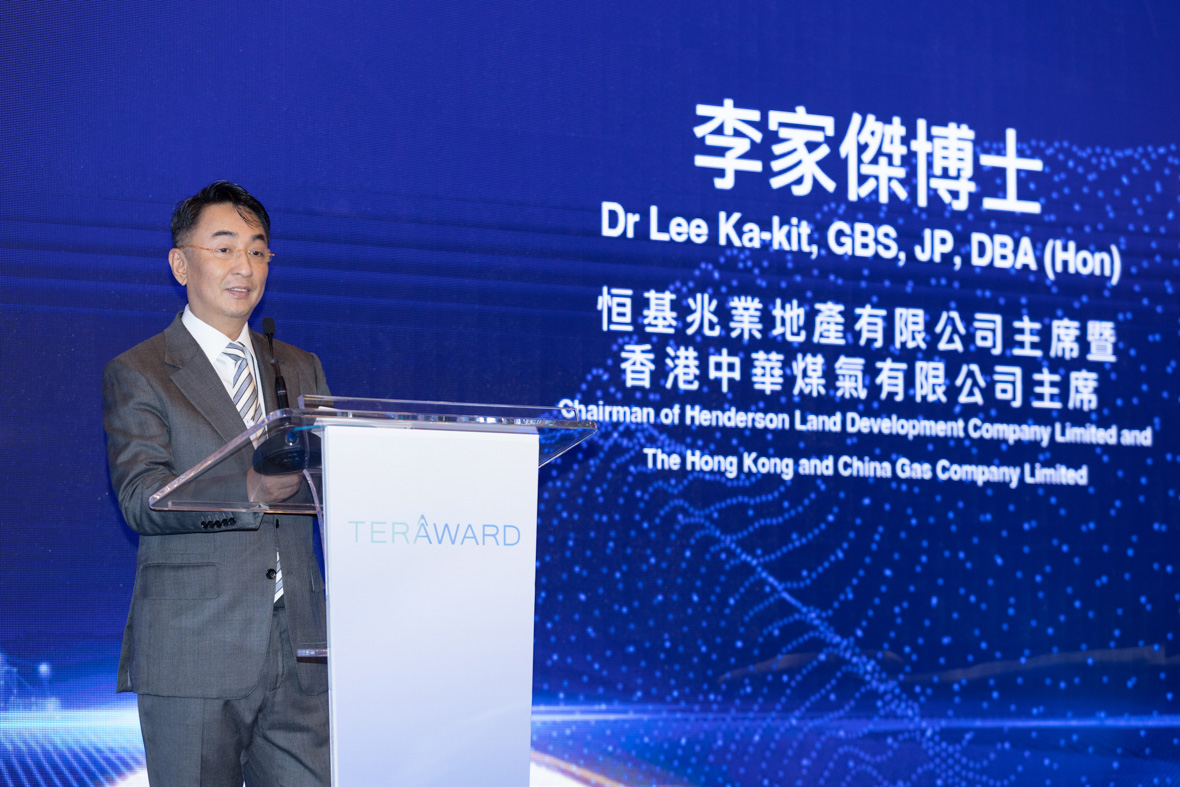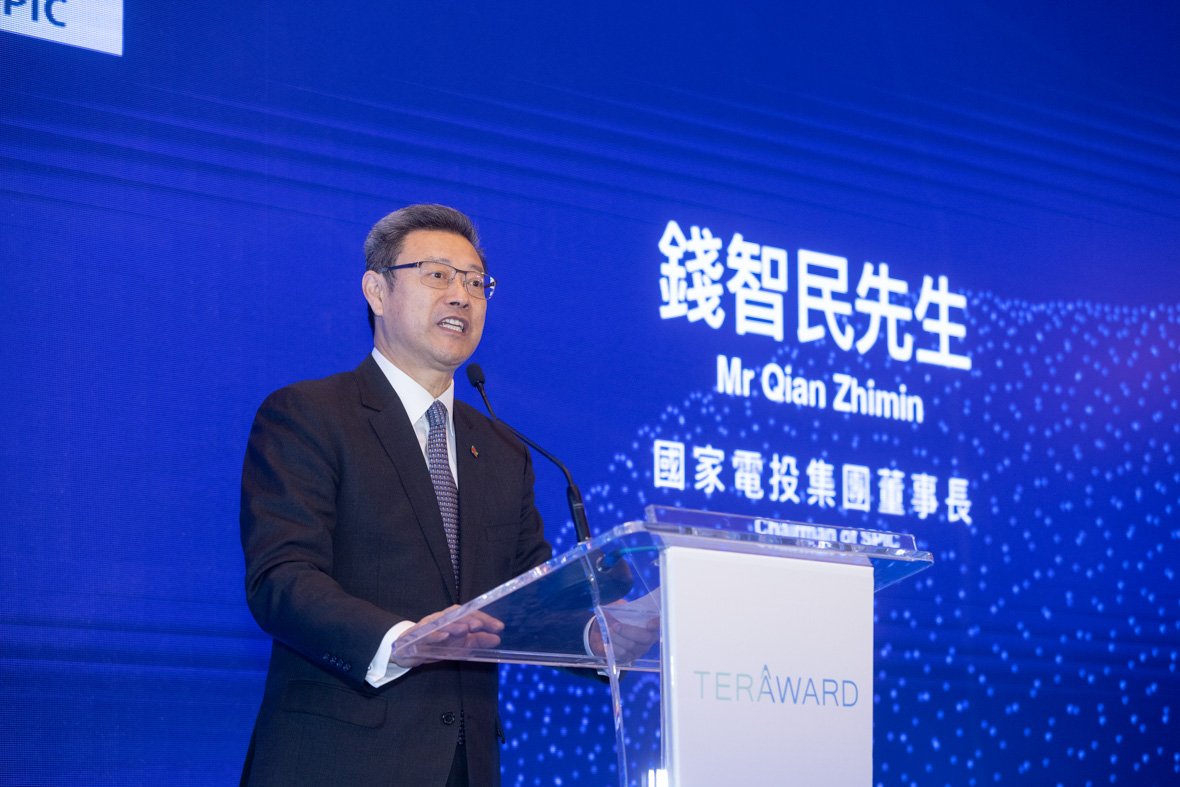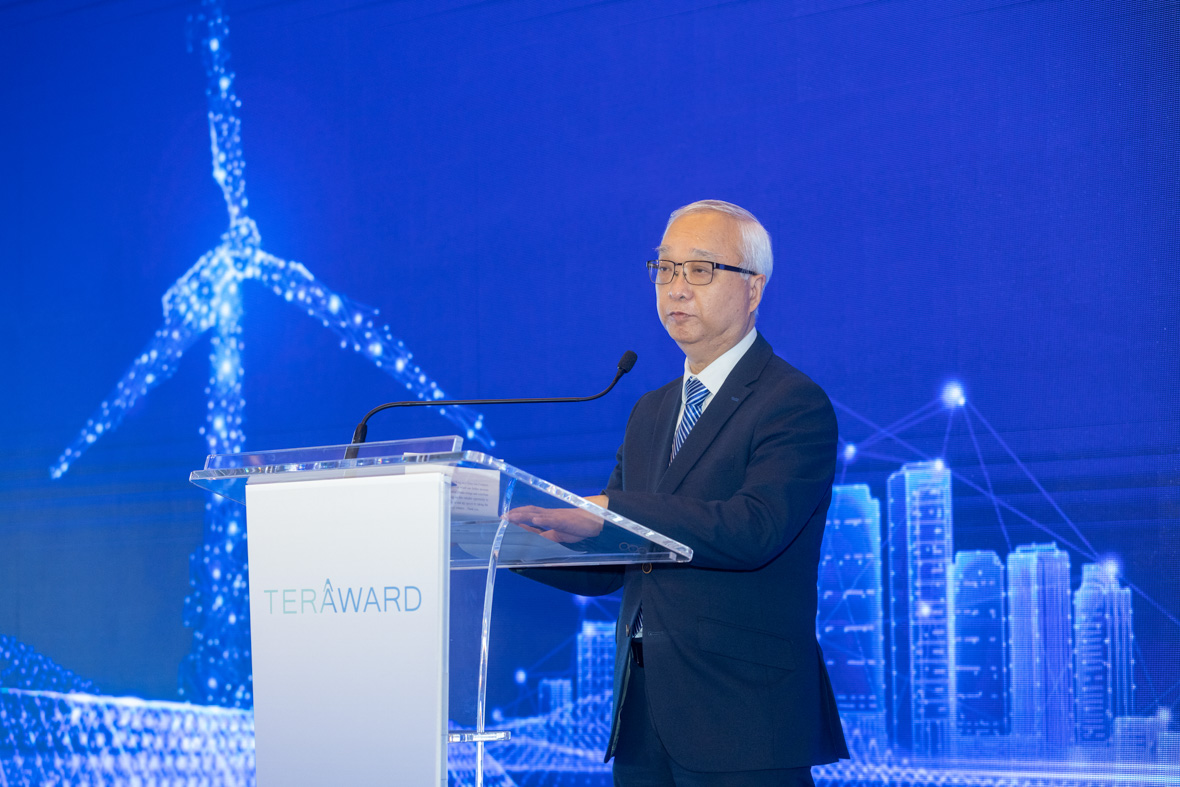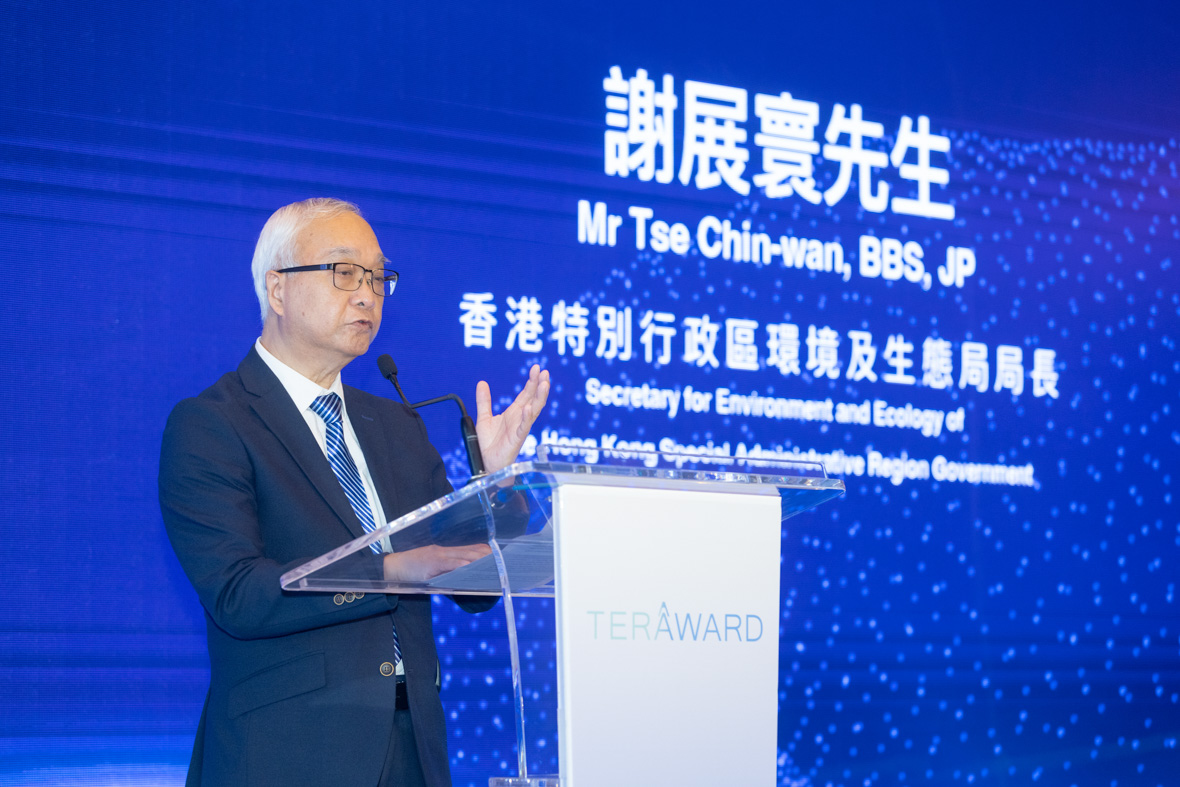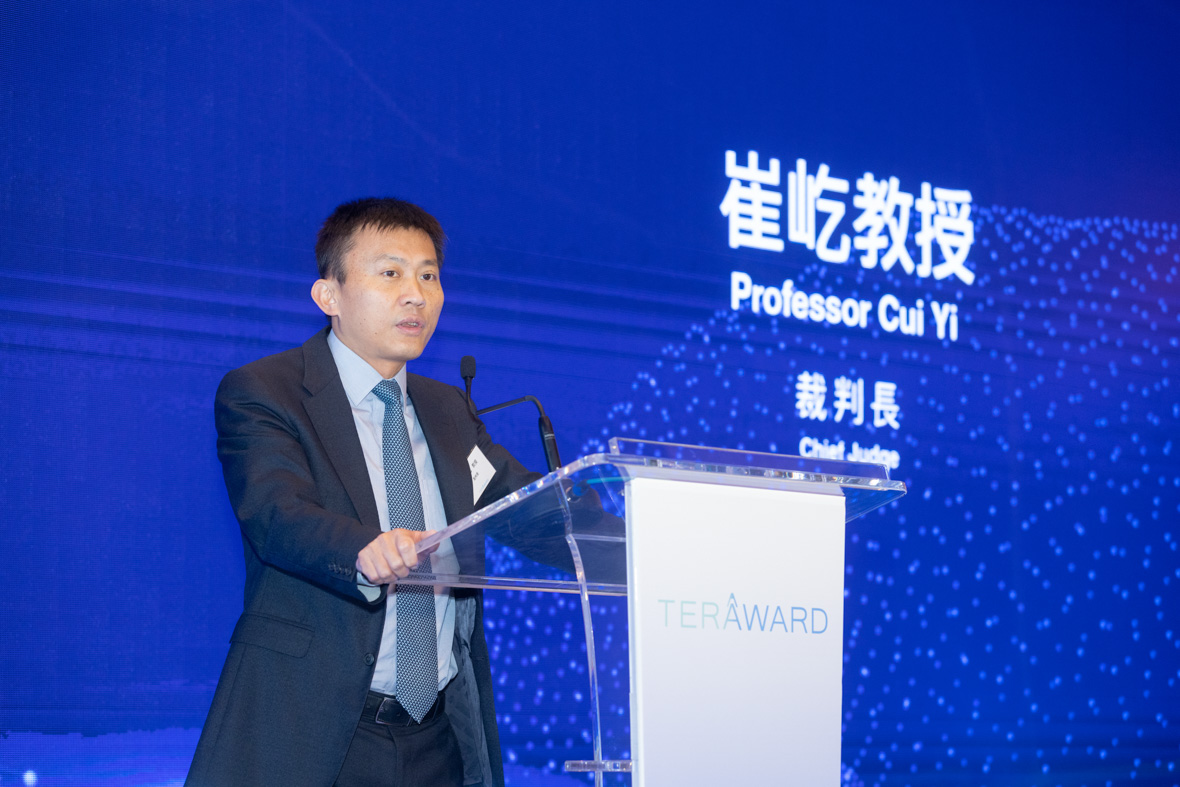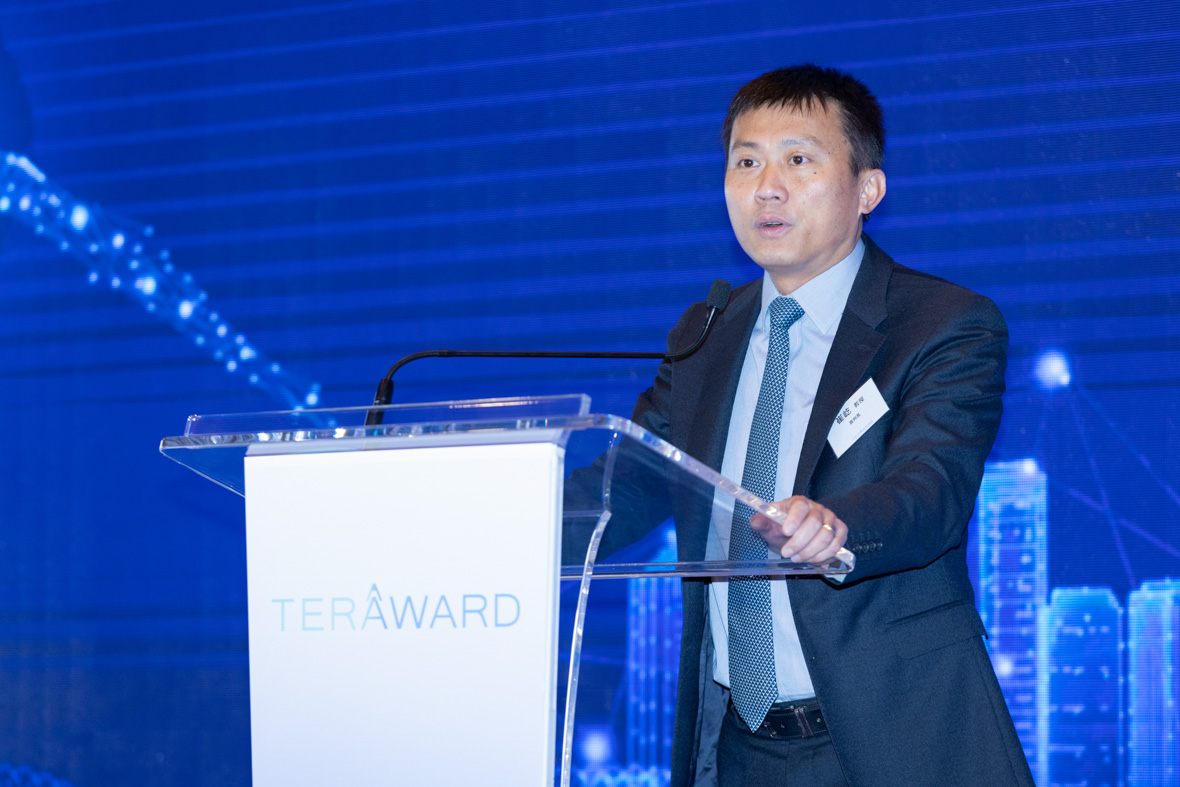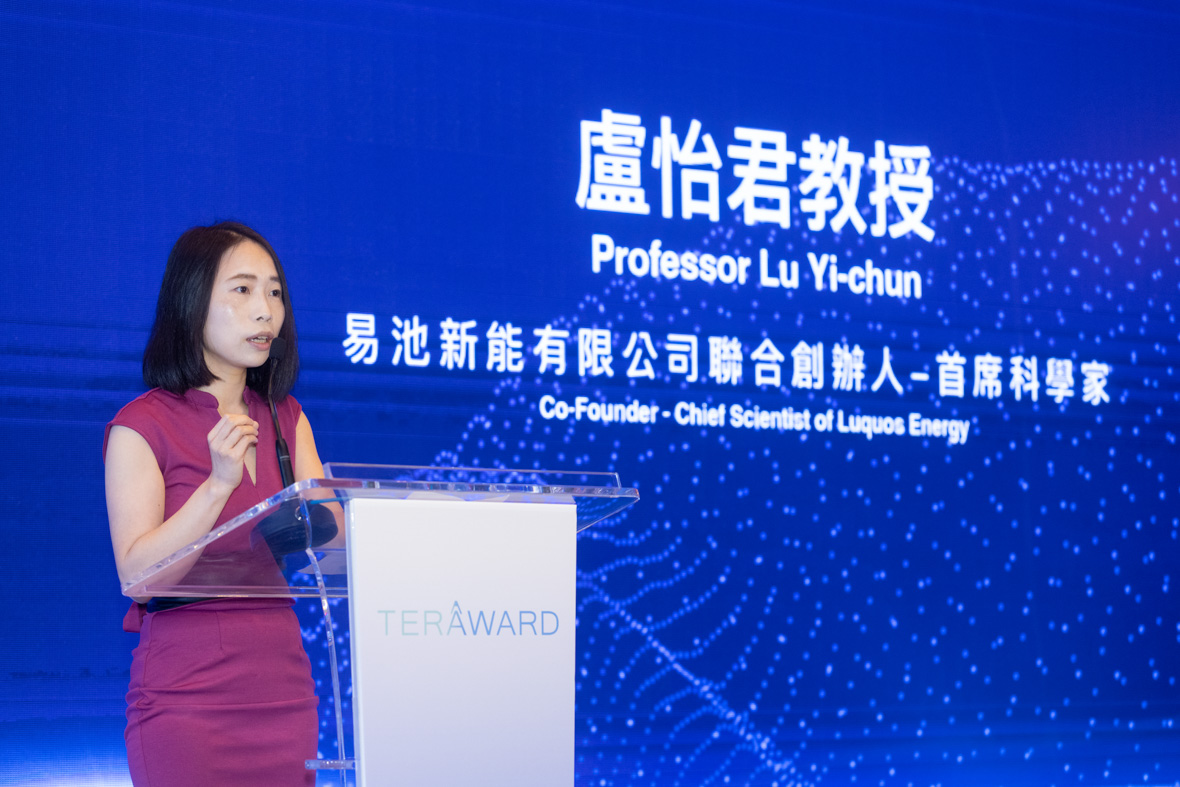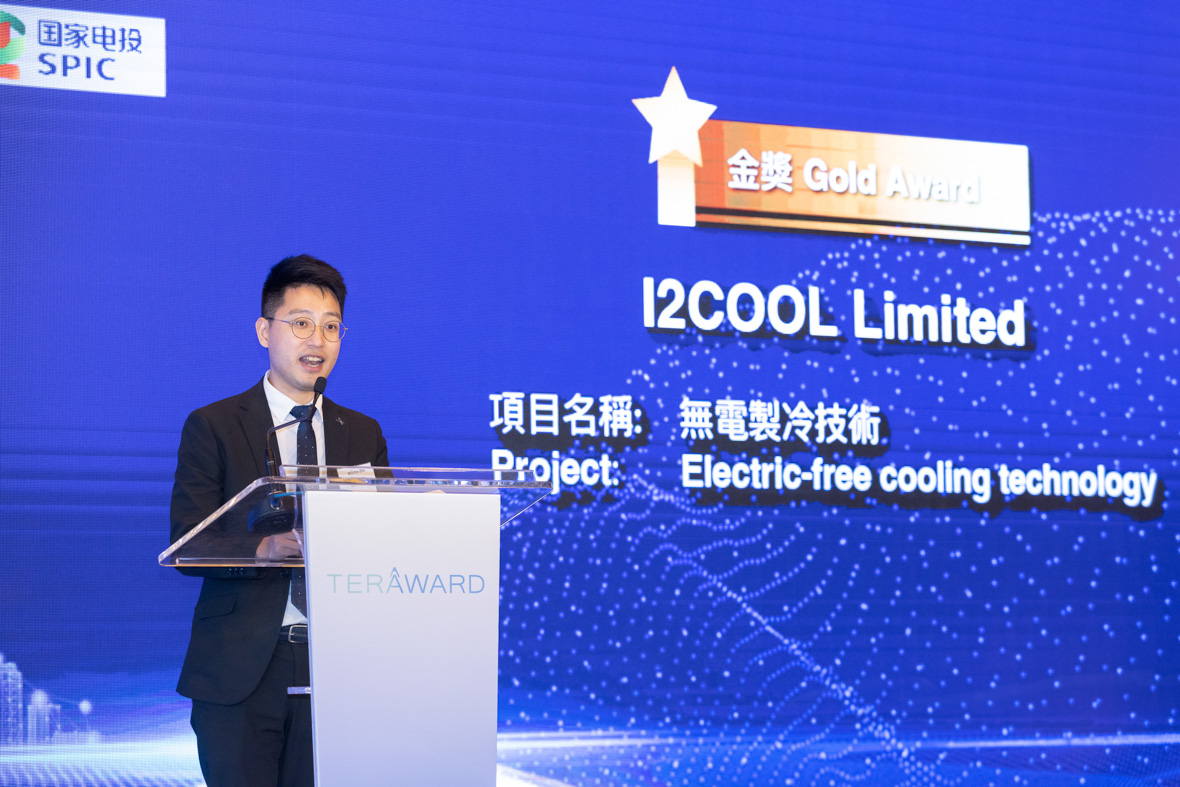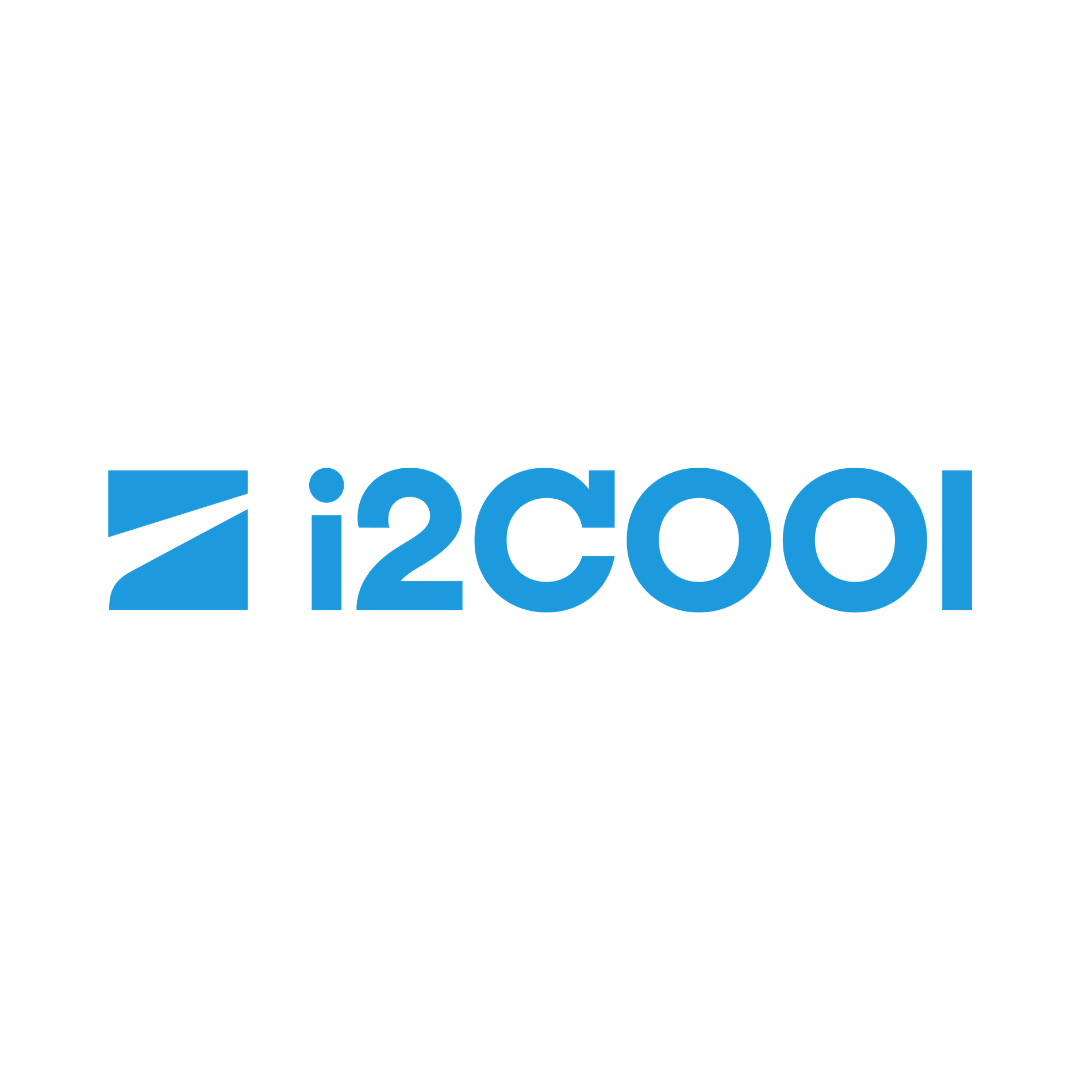
I2COOL Limited
Electricity-free cooling technology
An electricity-free cooling coating that utilizes outer space as a cooling source, through highly efficient solar reflection and mid-infrared thermal radiation. Coated surfaces can experience temperature reductions of up to 40°C and reduce energy consumption for air conditioning by over 30%. Up to 430 kWh of electricity, along with 250 kg in carbon emissions, can be saved each year for every square meter of electricity-free cooling coating. Our electricity-free cooling coating has already been applied to outdoor electrical cabinets, energy storage cabinets, cold-chain transport containers, and solar panels, enhancing equipment lifespan and efficiency. i2Cool plans to expand the application of this technology to vehicles, umbrellas, clothing, and other products.
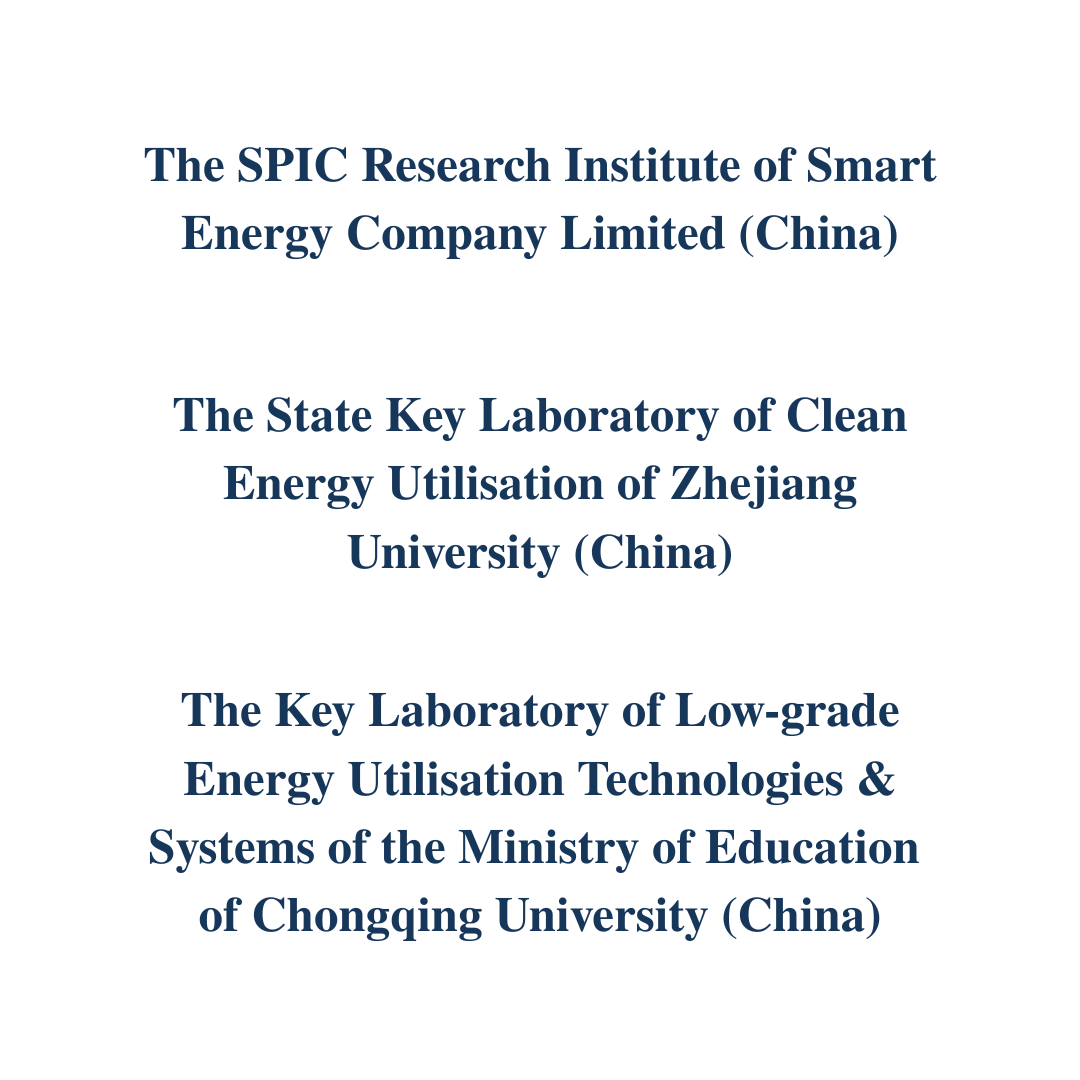
The SPIC Research Institute of Smart Energy Company Limited (China)
The State Key Laboratory of Clean Energy Utilisation of Zhejiang University (China)
The Key Laboratory of Low-grade Energy Utilisation Technologies & Systems of the Ministry of Education of Chongqing University (China)
CO2 Reduction with Microalgae from Coal-fired Flue Gas
Through major breakthroughs targeting high-efficiency carbon-sequestering algae strains, photobioreactors, and integrated carbon sequestration processes, our team has successfully overcome the low carbon fixation rates in microalgae to achieve the first industrial-scale, commercially viable microalgae carbon sequestration. Having established China's largest and first-of-its-kind microalgae carbon capture demonstration project, our breakthrough aims to resolve the critical challenge of low economic returns in carbon reduction to enable scalable and cost-effective decarbonization.
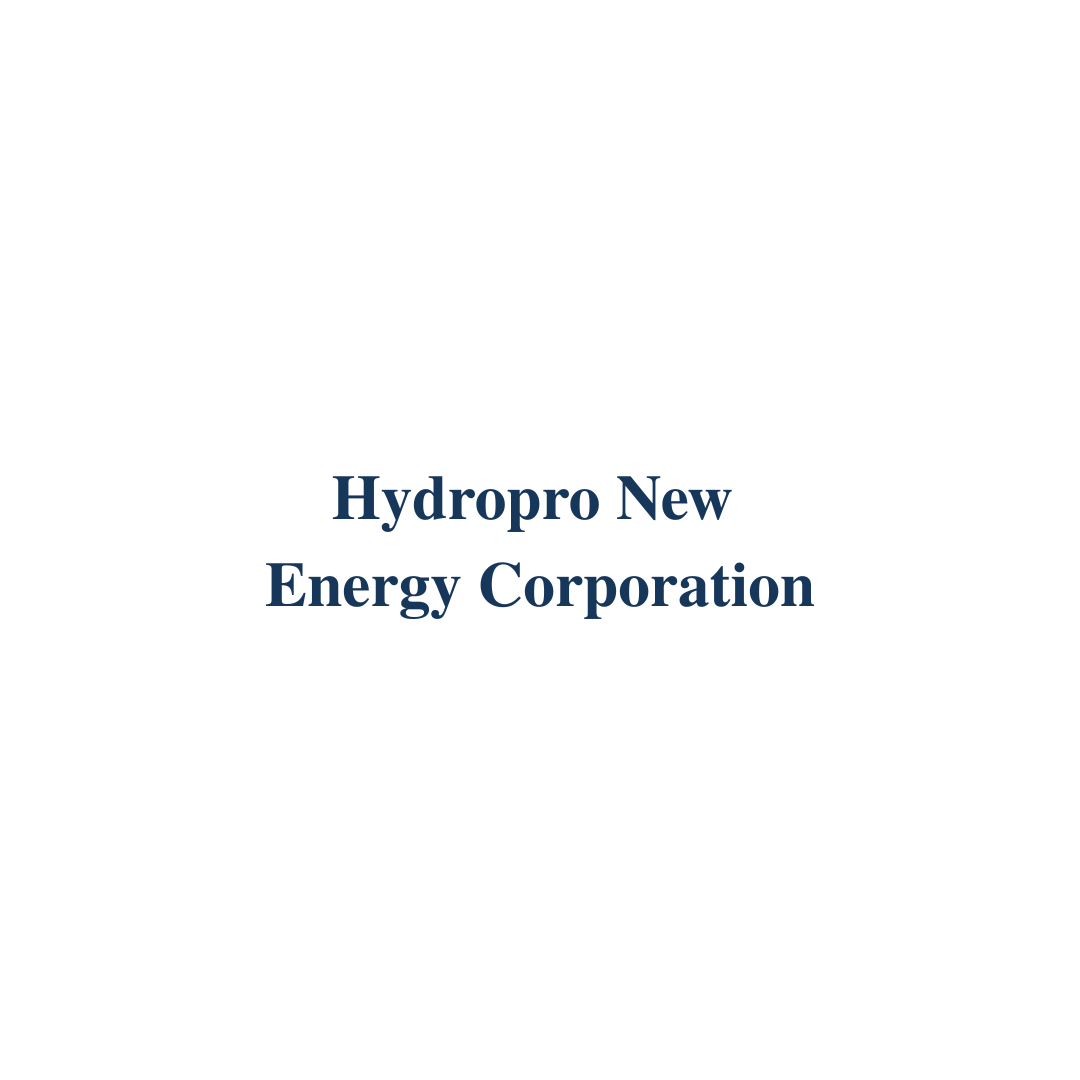
Hydropro New Energy Corporation
HydroPro
Developed by a collaborative team from Shenzhen University and The Hong Kong Polytechnic University, specializing in the SOEC hydrogen production sector. The team pioneered a proton-conducting solid oxide hydrogen electrolyzer: the world’s first proton-conducting SOEC stack, HydroPro. With an ultra-high electricity-to-hydrogen conversion efficiency of over 80%, it overcomes both technical and market barriers of high energy consumption in existing water electrolysis methods and high costs.
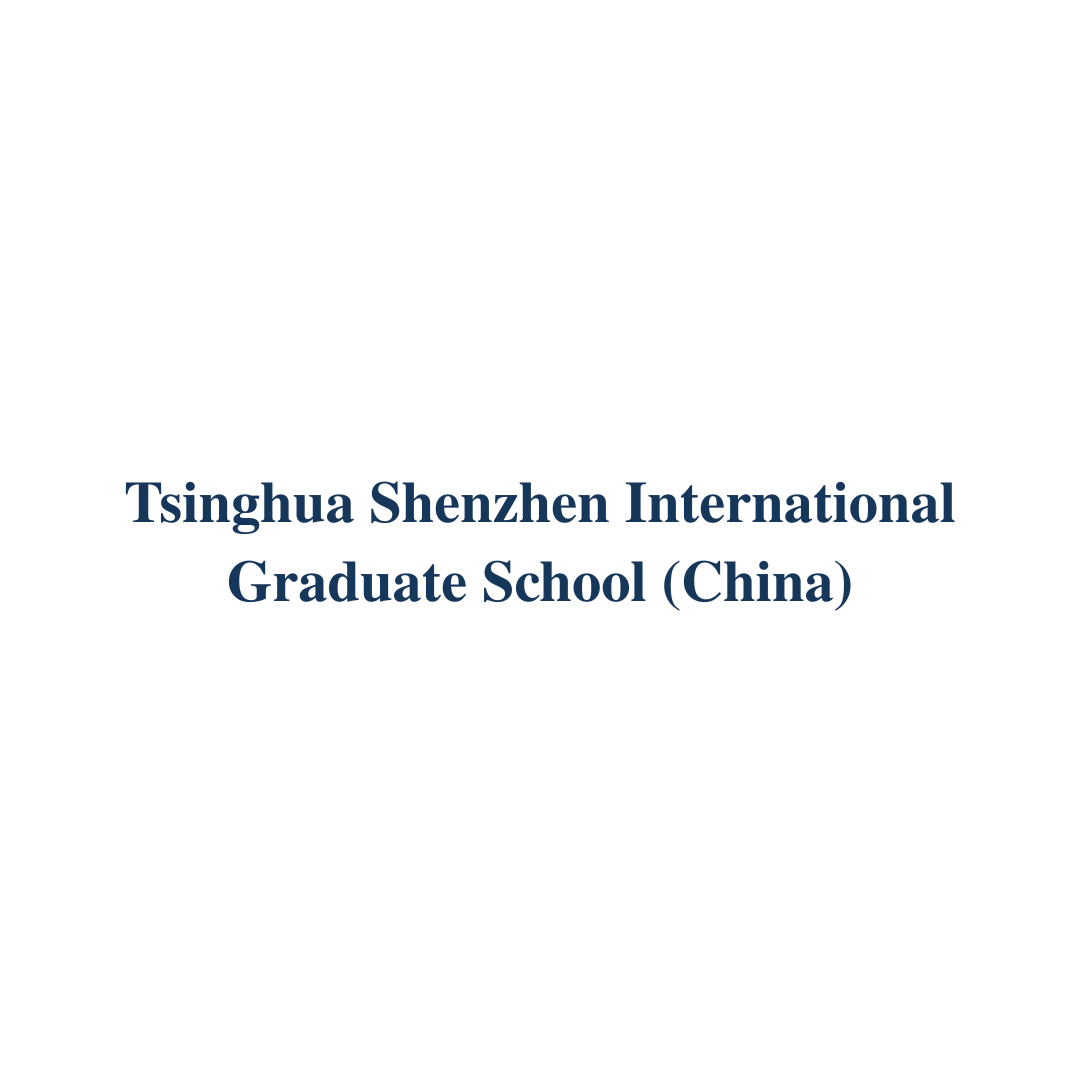
Tsinghua Shenzhen International Graduate School (China)
Precise separation and high-value utilisation of spent lithium-ion batteries
With a focus on the recycling and reuse of lithium-ion batteries, our project was able to achieve precise and complete separation of components, and high-efficiency closed-loop recovery. The steady supply of the innovation’s large-scale application products, such as lithium carbonate and lithium iron phosphate (LFP), has generated cumulative sales of 18 million RMB in 2022 for a single production line, with projected annual revenue exceeding 30 million RMB.
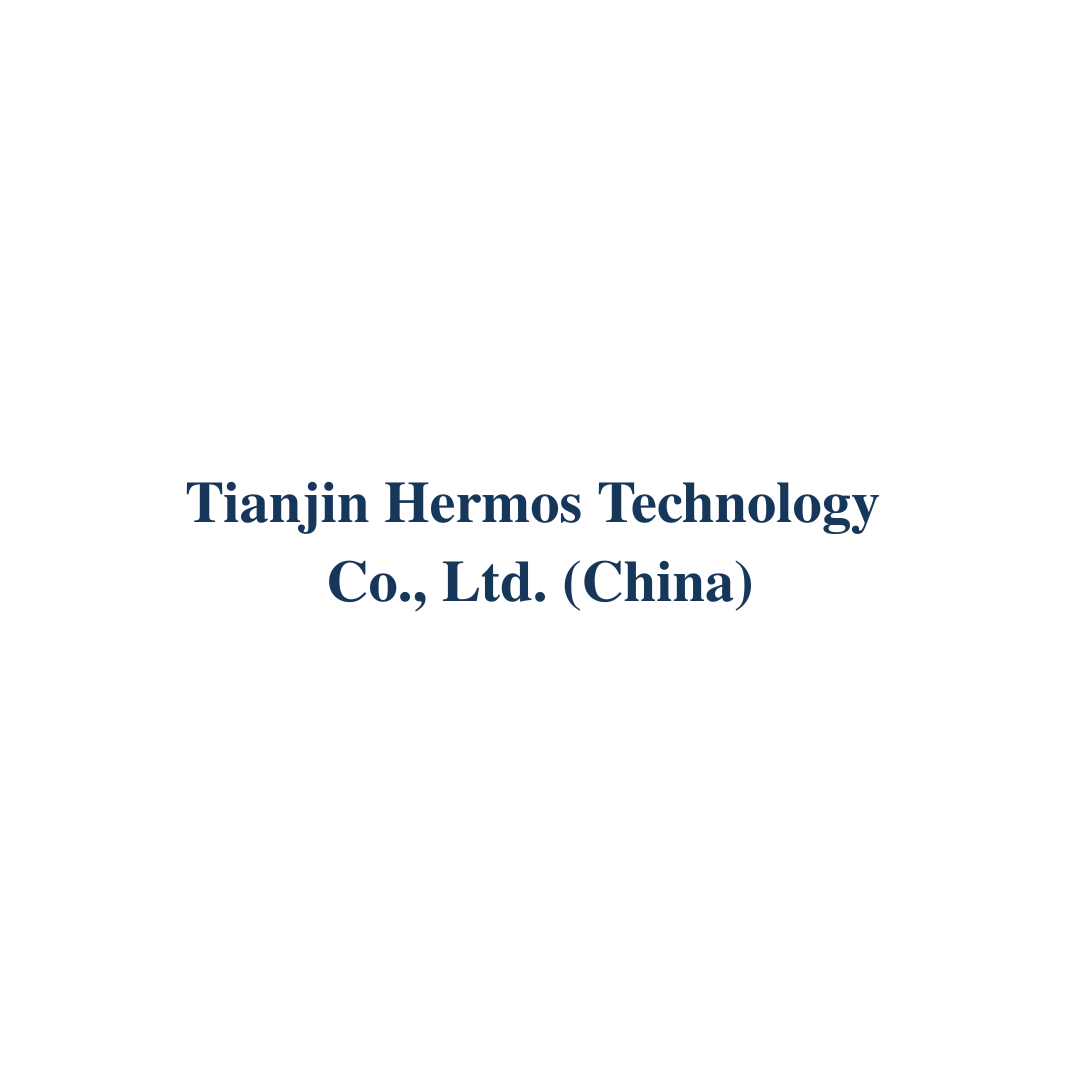
Tianjin Hermos Technology Co., Ltd. (China)
New carbon capture industrial environmental treatment technology
A reversible carbon capture technology that operates under nanopore-confined temperature and humidity modulation, combined with our proprietary MS-019 carbon capture separation membrane material. We provide carbon reduction and peak-emission solutions for industrial and energy sectors with high carbon footprints. Our technology has already been applied to thermal power generation, petrochemical facilities, and coal-fired plants.
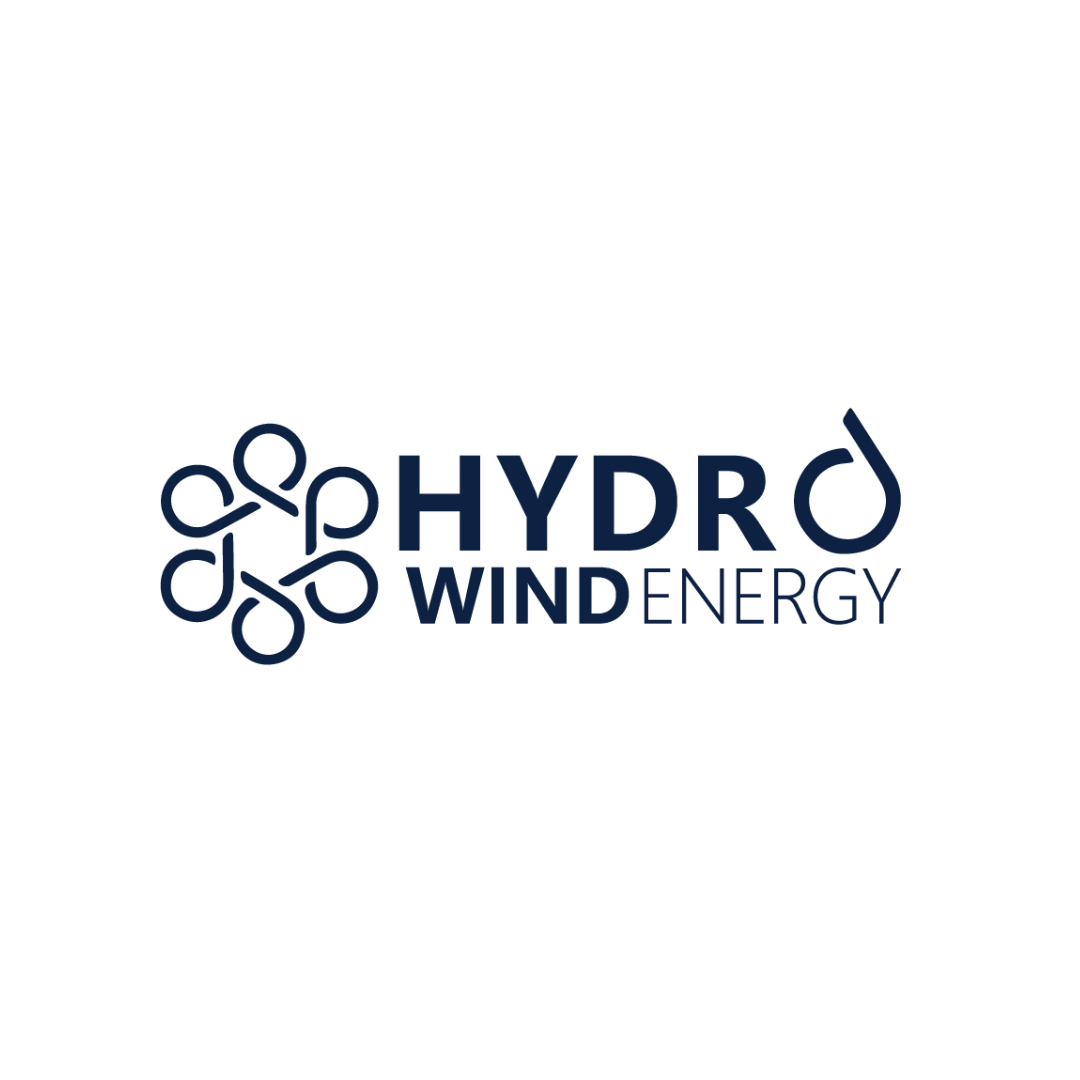
Hydro Wind Energy, Inc (United Arab Emirates)
OceanHydro Omni
Developing a disruptive technology that harness wind offshore in deep waters with inbuilt energy storage. Lowers the cost of electricity, triples energy production, and provides energy storage
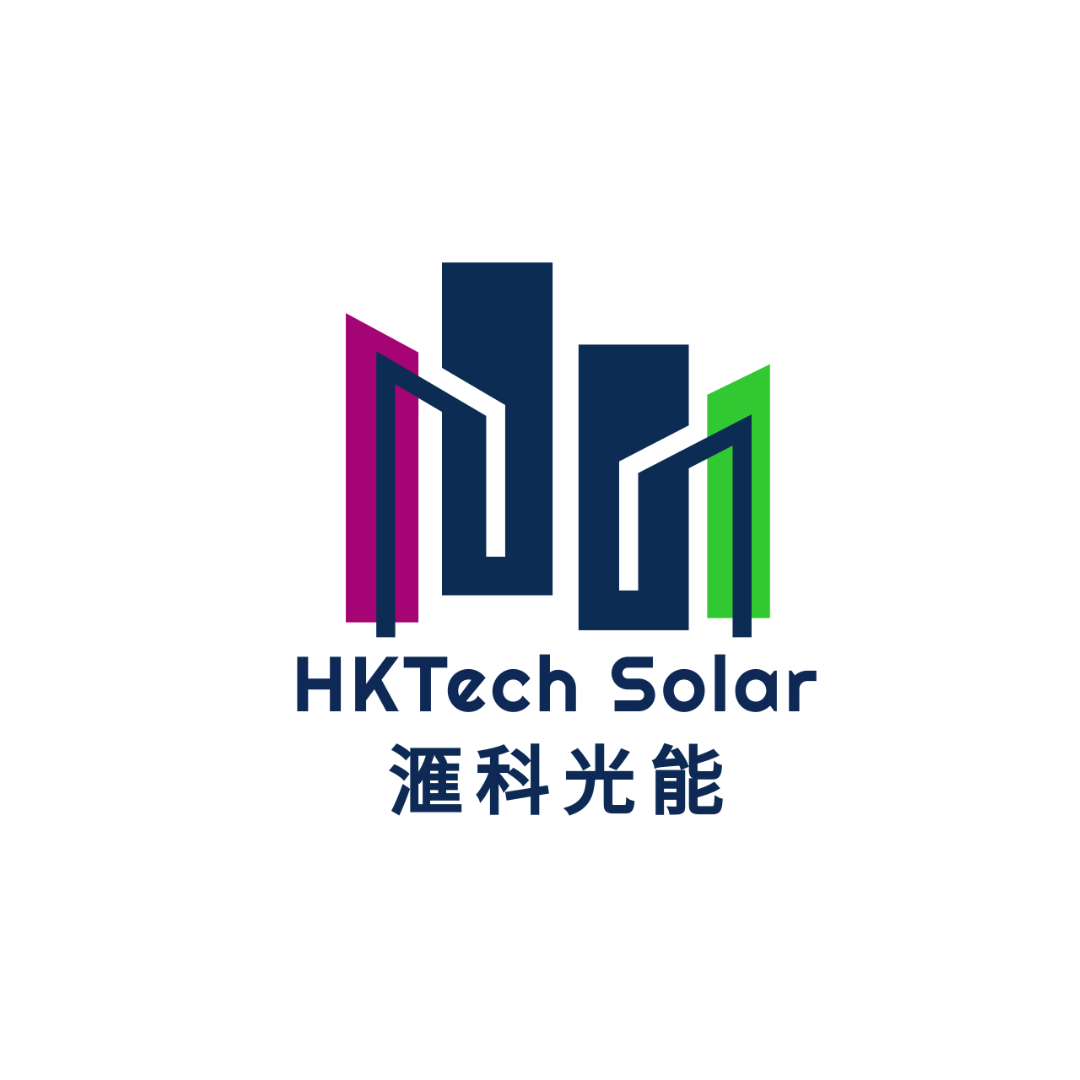
HKTech Solar, Ltd (Hong Kong, China)
Next-Generation Printed Solar Energy
HKTech Solar Ltd aims at developing low-cost, printable perovskite PV that can be manufactured in energy-saving and scalable way to complement/replace Si-based PV currently dominates the trillion-dollar market. This trailblazing technology offers high efficiency, diverse form factors, and low energy payback time for products. It has broad applications in solar farms, building and car integrated PV, indoor power sources for sensors, etc. The Company currently stands at the forefront of the field with the highest efficiency and stability, and is advancing the technology for solar modules and panels development to enable significant reduction of carbon emission in HK and China.

Jingbi You Research Team of Institute of Semiconductors, CAS (China)
The world’s leading provider of total calcium-titanium ore solar cells solutions
Perovskite solar cells (PSCs) are widely regarded as the most promising next-generation photovoltaic technology. Our team is dedicated to the R&D and industrialization of single-junction perovskite solar cells and perovskite/silicon tandem solar cells. Our pioneering early research on perovskite photovoltaics has broken the world efficiency record for single-junction PSCs three times.

H2-Bank (China)
Solid Oxide Cell Technology Toward Dual Carbon Strategy
Solid oxide fuel cells represent a critical technology for achieving China's dual-carbon goals. Through adopting a planar-tubular structure, we have developed 100-watt single cells, kilowatt-scale stacks, and 5kW power generation systems, alongside specialized manufacturing and testing equipment.
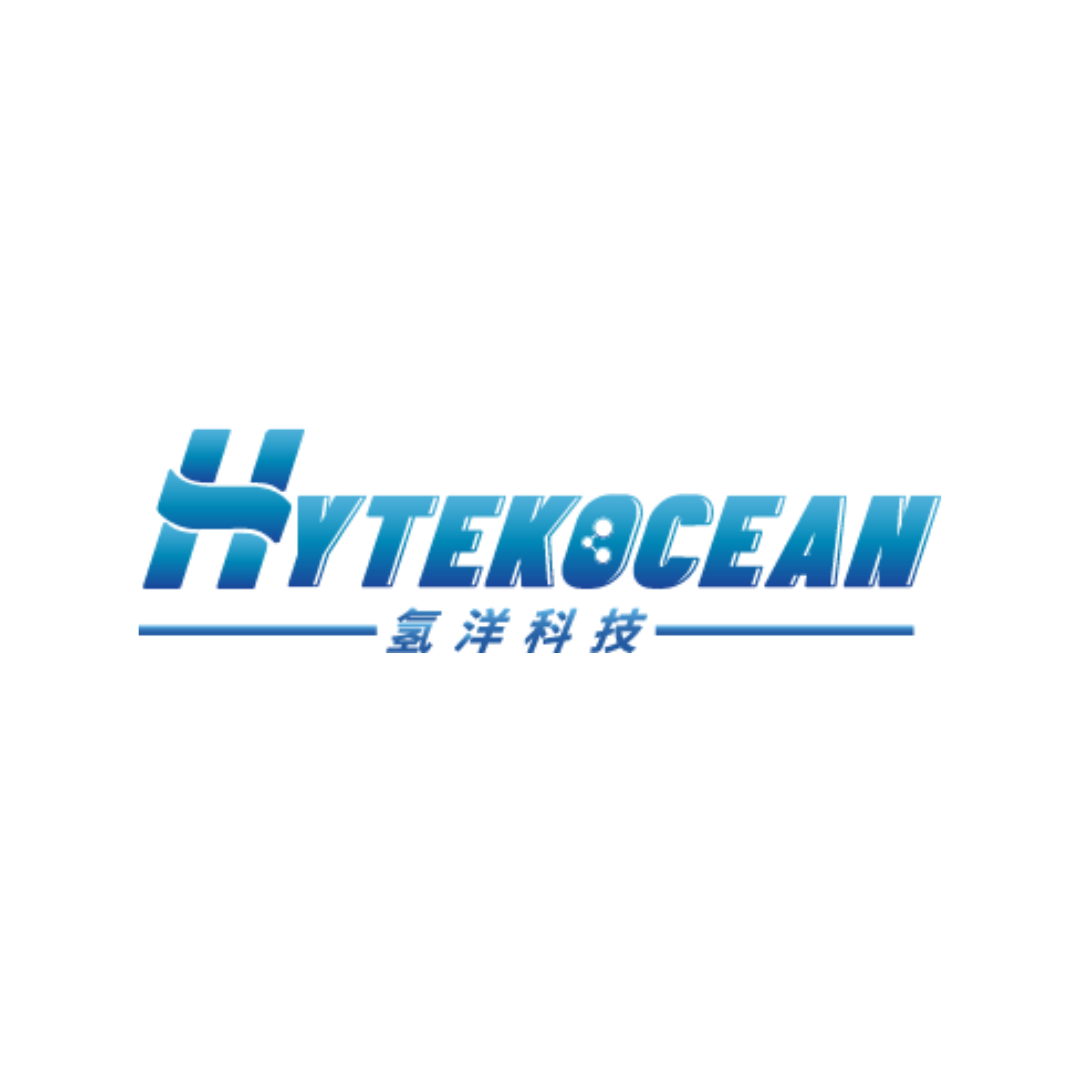
Hytekocean/Institute of New Energy of Shanghai Academy of Science & Technology (China)
R&D and Commercialization of Proton Exchange Membrane Fuel Cell Core Components
Hytekocean specializes in PEM fuel cell R&D, producing 5W-130kW fuell cells. A Lingang government-backed project, it masters core technologies from bipolar plates to system integration. With innovations led by our chief scientist Prof. Chen Rui (Loughborough University, Intelligent Energy founder), our innovative fuel cell technology aims to offer clean energy and sustainable transport solutions.

Next-Ion (United States)
Next-Ion
We make batteries that charge cars in 6 minutes, we also make batteries not explode.
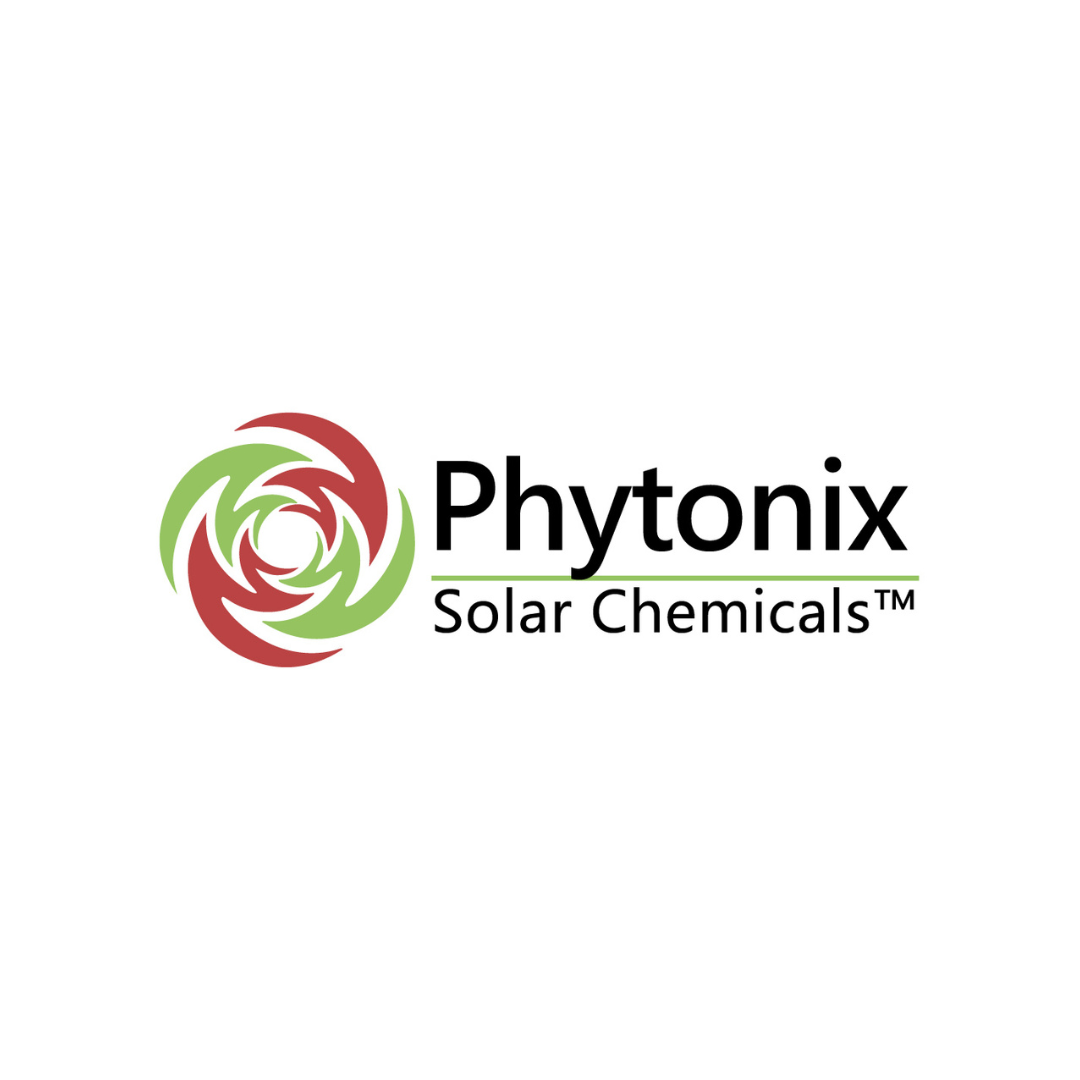
Phytonix Corporation (United States)
Low-Cost Photosynthetic 1-Butanol Production From Carbon Dioxide Emissions
Phytonix has developed and is commercializing a sustainable production process by leveraging photosynthesis in microorganisms with synthetic biology to convert carbon dioxide in industrial emissions, without expensive carbon capture/separation, into cost leadership, biobased and carbon-negative industrial chemicals and fuels (higher alcohols) to replace their fossil-based counterparts.

PJP Eye LTD. (Japan)
Cambrian Batteries - Biofuel Carbon Battery that can charge 10 x faster and last for more than 30 years
PJP Eye mass produces (1,000,000 cells per month) biofuel batteries (Cambrian) using agricultural wastes. We generated revenue of more than 20 million USD from top Japanese manufacturers like Hitachi. Cambrian is free from rare metals, is not explosive, charges 10 x faster than lithium-ion batteries, and lasts for more than 30 years. Cambrian can be used in any application including robotics, drones, marine applications, and space applications, and is already integrated into micro mobilities and mobile ATMs. 2nd place at COP 26 Clean Energy Pitch Battle and received 200,000 GBP from NZTC sponsored by the Scottish Government.
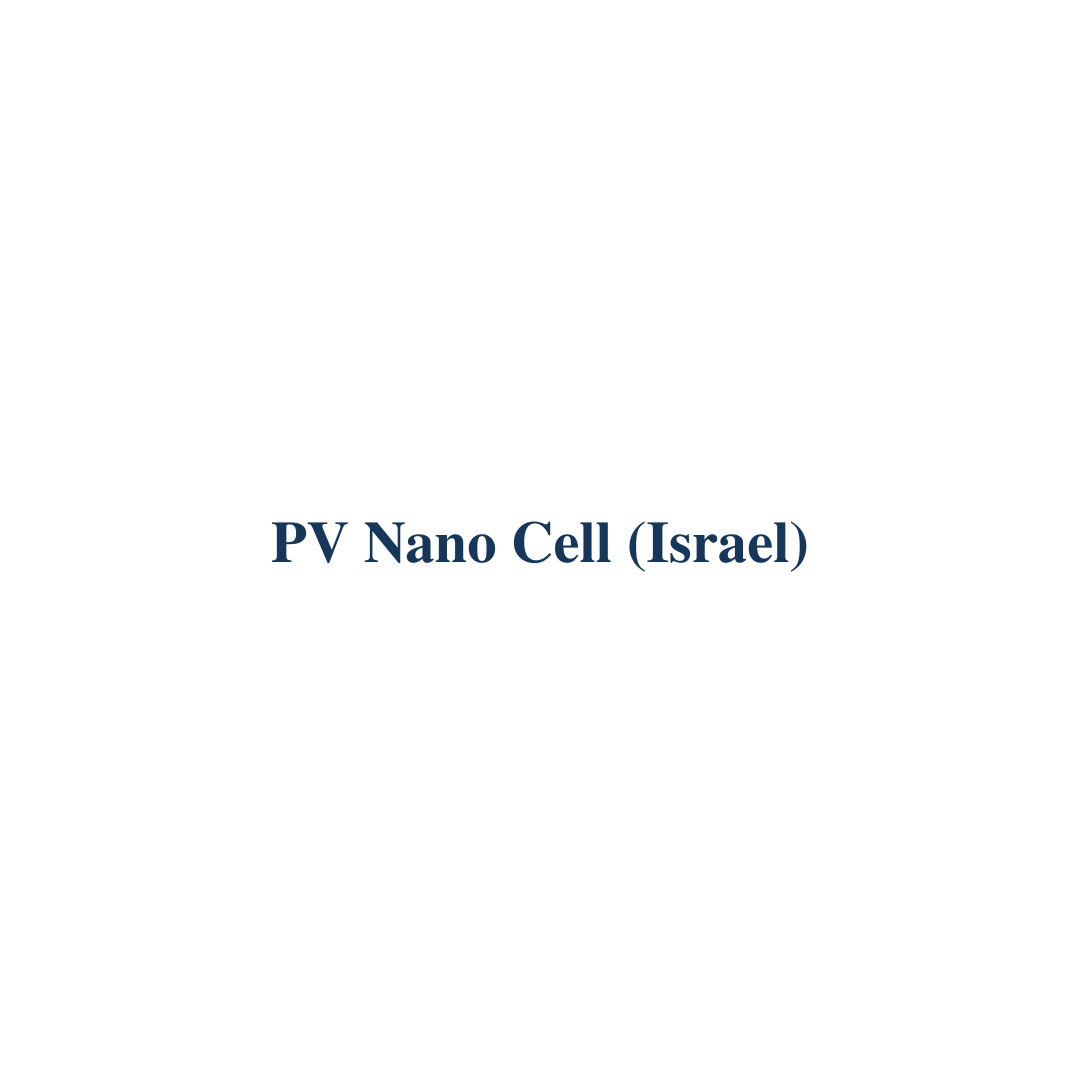
PV Nano Cell (Israel)
Digital Metallization of Solar Cells
The solar industry is on a quest to continuously improve solar cells efficiency. PV Nano Cell (PVN) developed the Sicrys™ digital ink. A nanoparticle, single crystal ink that is digitally printed on solar cells during the metallization step. By printing the Sicrys™ ink on temperature-sensitive solar cells such as Heterojunction and Thin Film, a significant improvement in the solar cells’ efficiency is obtained. PVN’s patented Sicrys™ ink is offered both with Silver-based and Copper-based metals, enabling an efficiency revolution in the solar industry. PVN is now working with leading world manufacturers on adopting this technology in mass production.
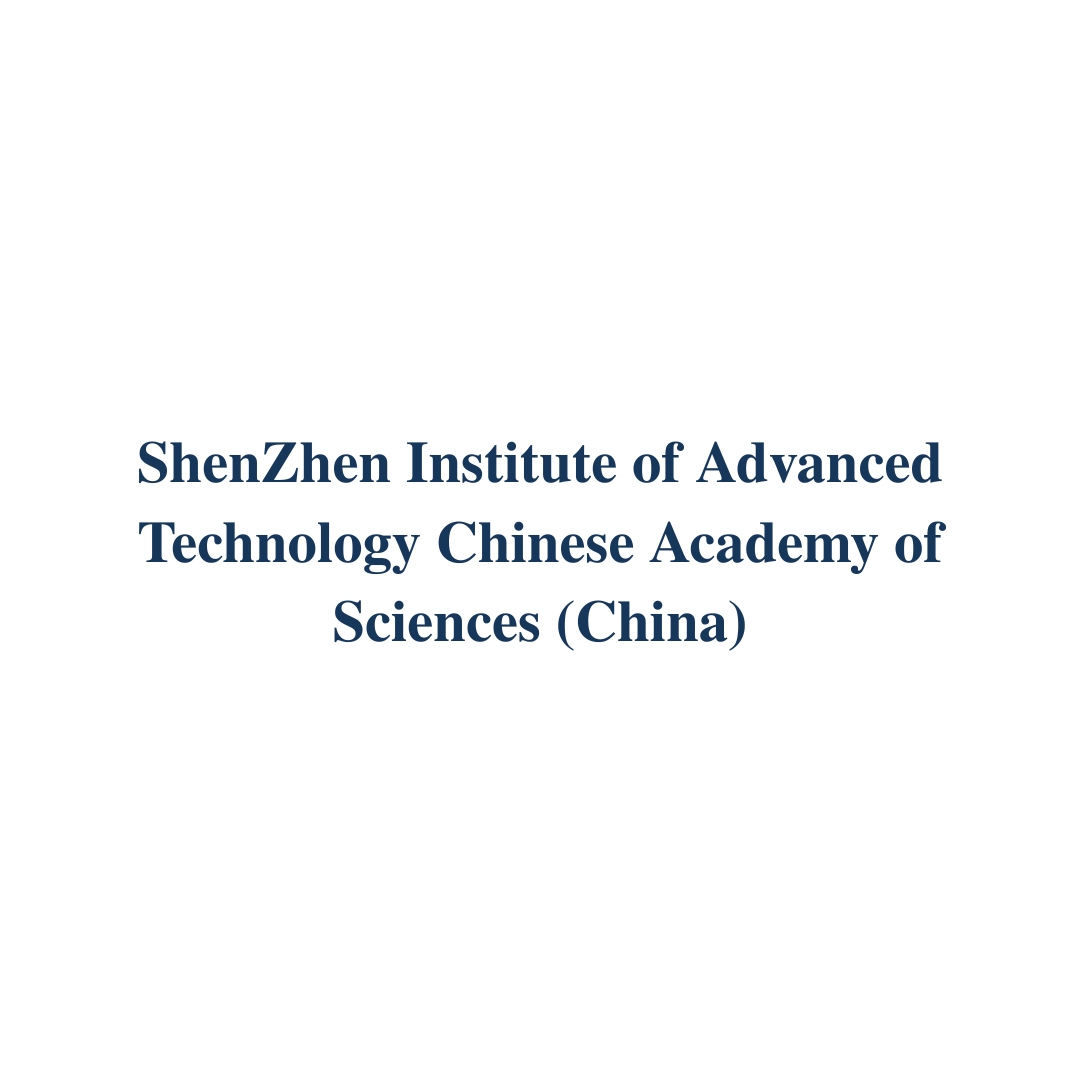
ShenZhen Institute of Advanced Technology Chinese Academy of Sciences (China)
High-safety aqueous zinc-based battery
Aqueous zinc-ion batteries (AZIBs) have emerged as a highly promising energy storage technology, due to their high safety, abundant zinc reserves, low cost, and high energy density. Its cost-effectiveness, inherent advantages, and stable energy storage demand positions AZIBs to become the next-generation solution for a low-cost, high-power, and safe energy storage solution as a competitive alternative in the post-lithium battery era.
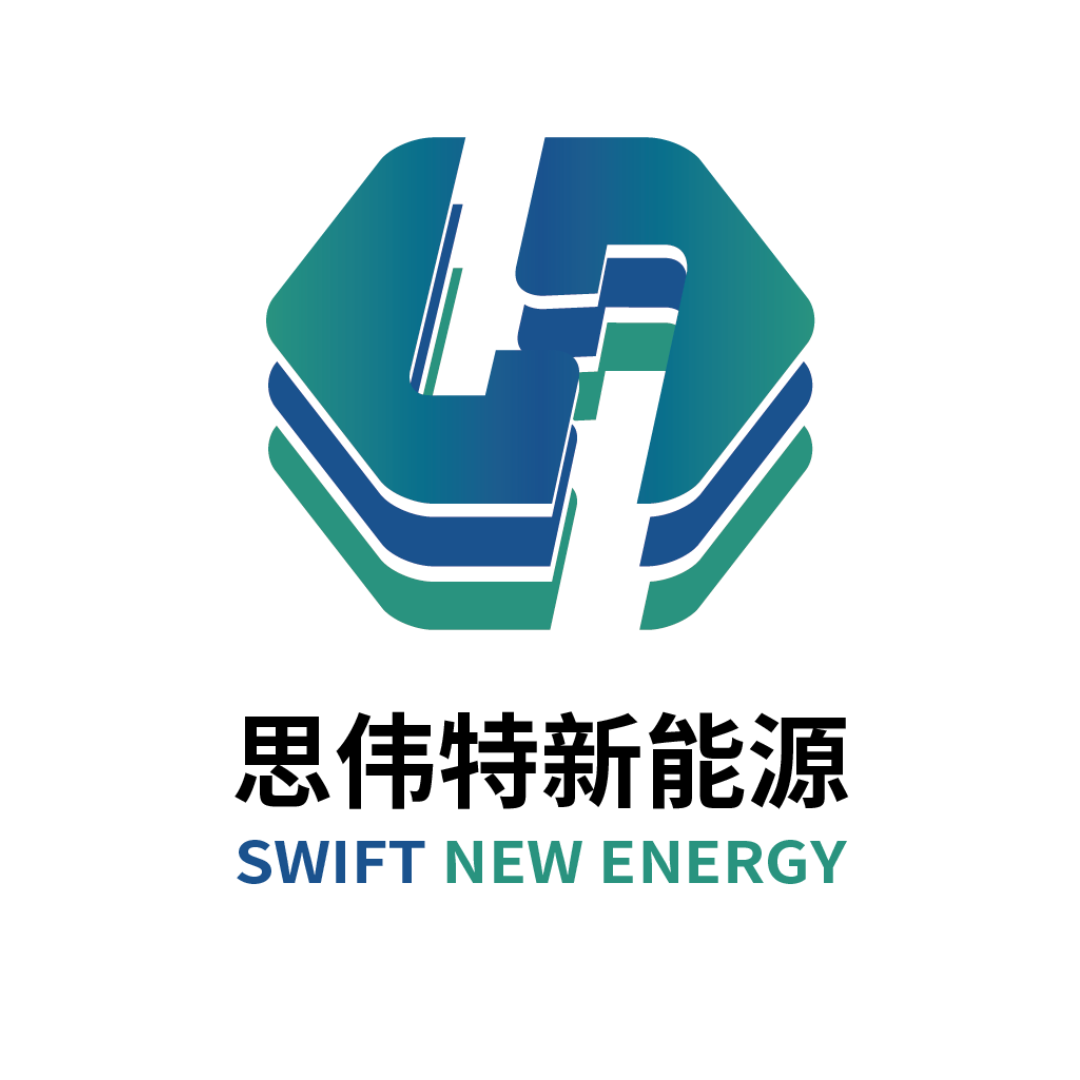
Swift New Energy (China)
Solid Oxide Hydrogen Production System for Carbon Utilization
Swift New Energy has pioneered industry-leading solid oxide electrolysis cell (SOEC) hydrogen production technology. Its hydrogen production system innovatively combines CO₂ electrolysis with water electrolysis, to convert industrial CO₂ emissions into CO/H₂ syngas and enabling carbon recycling. Swift New Energy has successfully developed and tested a 3kW SOEC hydrogen system prototype and is now accelerating industrial-scale deployment.
